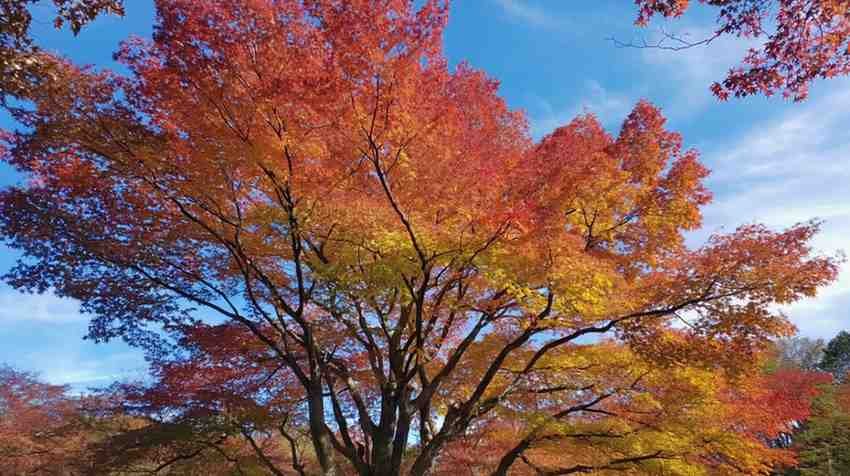Ahmad Hassan here. I’ve been dancing with dirt, roots, and seasons for the past five years. Let me tell you something personal. My first encounter with the Shantung maple tree wasn’t exactly love at first sight. It was a stubborn little sapling I picked up on sale from a half-forgotten nursery corner. The label read “Perfect for Urban Shade.” I chuckled. What tree isn’t? But five years later—this golden marvel of nature has transformed my backyard into a dreamy autumn escape. I call her “Goldie.” And Goldie’s story deserves to be told.
Why Gardeners (and Squirrels) Adore the Shantung Maple Tree
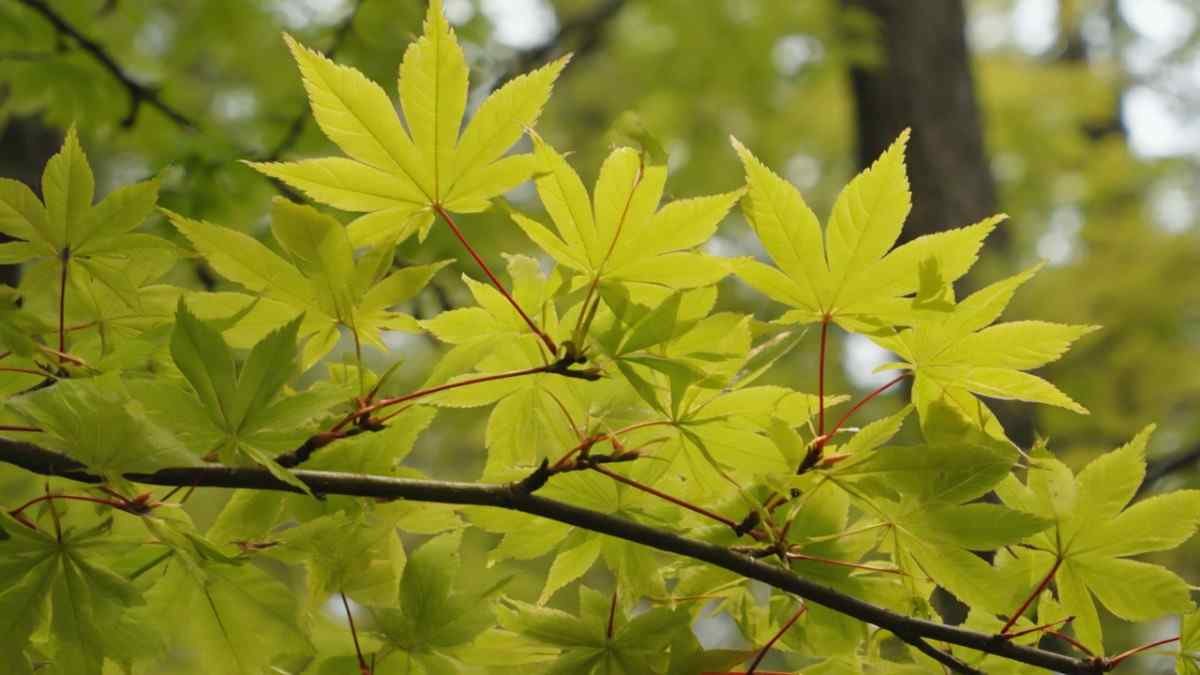
Alright, let’s get the basics out of the way. The Shantung maple tree—scientifically known as Acer truncatum—is native to northern China and Korea. It’s a smaller maple, usually topping off around 25 feet tall and just as wide. Perfect for compact spaces, sidewalks, and suburban backyards where neighbors don’t want your branches in their cereal bowls.
The best part? This maple isn’t just eye candy. It’s low maintenance, drought-tolerant, and puts on a fall fashion show that’ll make Instagram jealous. Plus, squirrels love it too—but for shade, not chewing (thank goodness).
Key Features You’ll Fall For – Literally and Figuratively

Let’s break down why this tree deserves its own fan club:
- Stunning Foliage: Bright green leaves in summer. Glorious gold to reddish-orange in fall.
- Tough Cookie: Tolerates heat, drought, wind, and even pollution. City folks, take note.
- Compact Size: Fits well in urban lots or small gardens.
- Non-Invasive Roots: Your sidewalk stays intact. So does your relationship with neighbors.
- Low Maintenance: Very little pruning. Practically a plant-it-and-forget-it type.
More features? Oh yes, I’ve written a full blog about drought-tolerant trees that includes the Shantung maple tree and its underrated resilience.
Planting the Shantung Maple Tree – Don’t Overthink It
If you’re the kind who over-researches how deep a hole should be (guilty), here’s a simple tip: Dig a hole twice as wide as the root ball, but not deeper. The crown of the root should sit right at soil level—like a king on a throne.
Use well-draining soil. Don’t stuff it with compost. And please, don’t make a volcano mulch ring. That’s for donuts, not trees.
Need help with mulch placement? We’ve got you covered in mulching mistakes to avoid. Yes, we’ve all done the volcano thing once.
Watering Woes and Winning Routines
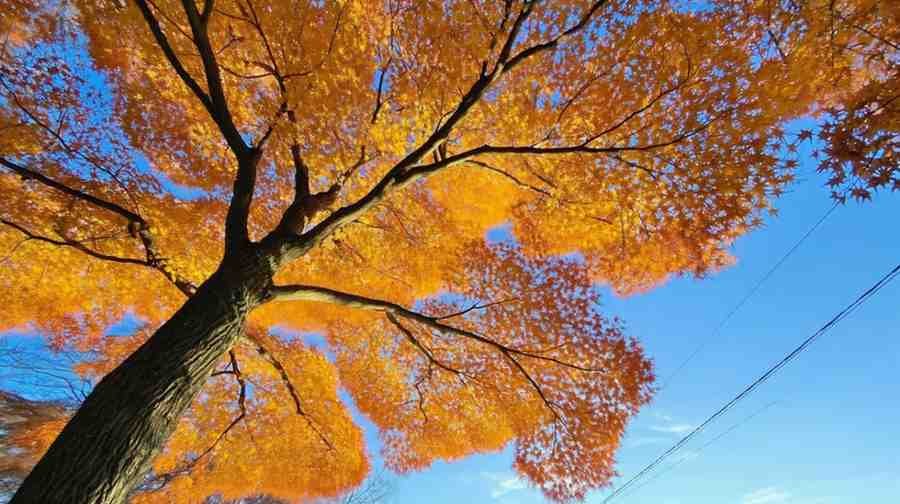
Watering a Shantung maple tree is like dating someone chill. Give them attention, but don’t smother them. During the first year, water deeply once a week. After that, it’s fairly independent—only needs a drink during long dry spells.
Overwatering? Worse than forgetting their birthday. Root rot is no joke. You’ll notice yellow leaves and soggy soil. Back off. They don’t like wet feet.
For deeper insights on when and how much to water trees, you can explore watering schedules for new trees. Bookmark that—you’ll thank me later.
Where to Plant It – Sunny, But Not Too Social
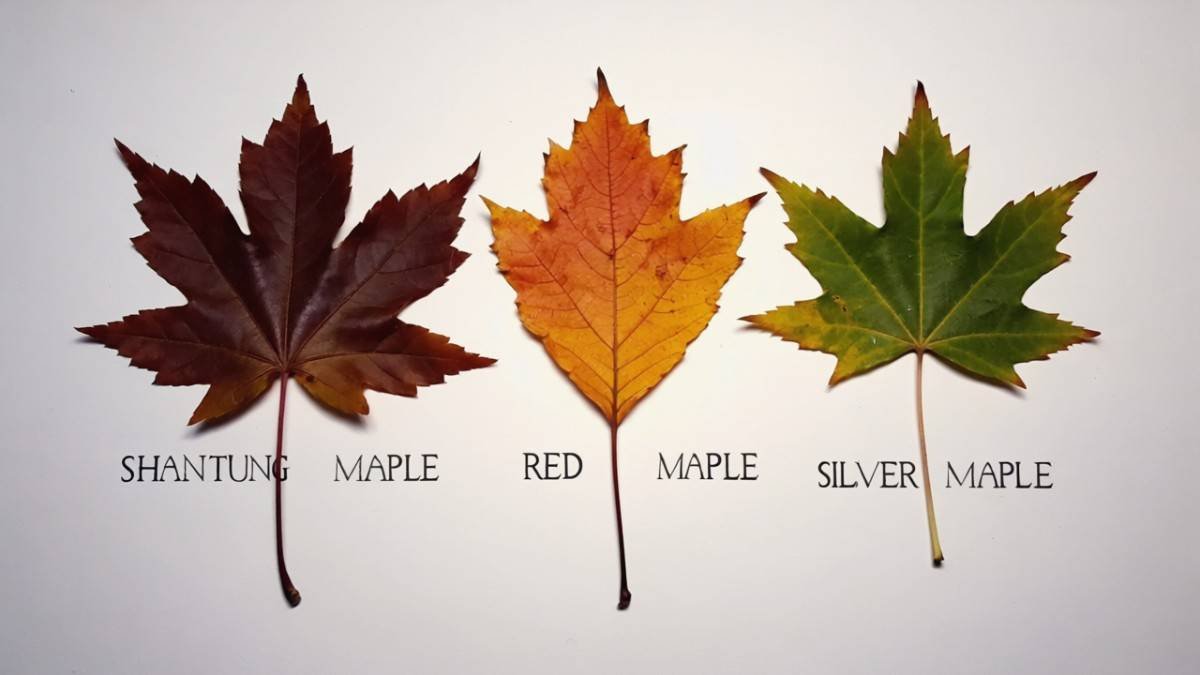
These trees like full sun to partial shade. Around 6 hours of sun daily is ideal. But here’s the thing—don’t plant it in a wind tunnel or under aggressive tree canopies. It’s confident but not confrontational.
Leave space around it. Let it breathe. That rounded canopy needs elbow room. Think of it like giving someone their own table at a café. It thrives when it’s respected.
I once crammed a Shantung maple tree between two fences. Poor thing looked like it needed therapy. Moved it next season—pure joy.
Fall Colors – The Real Reason We All Fall in Love
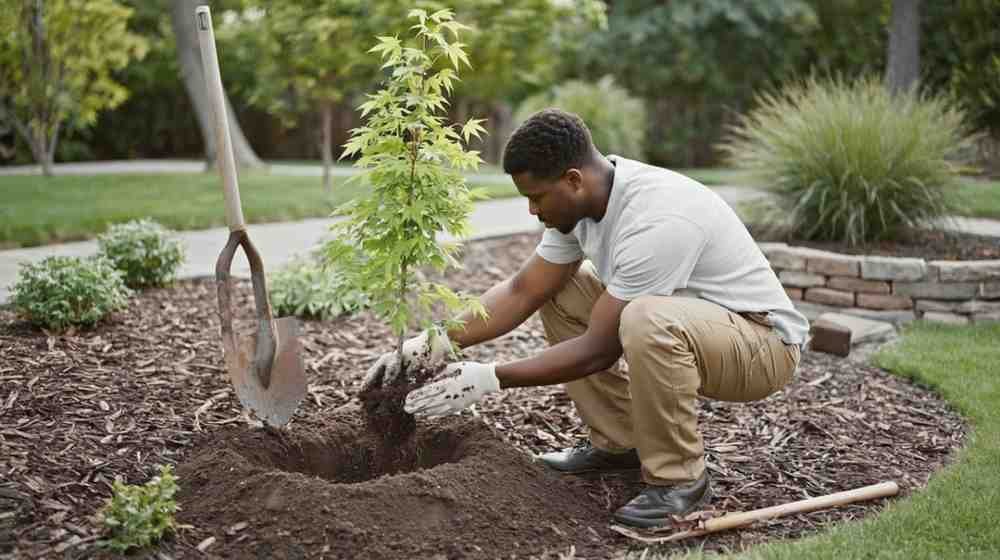
Now, here’s the scene. October rolls in. The yard? A hot mess. Leaves dropping. Plants dying back. But that Shantung maple tree? Glowing. Like it’s holding a candlelight vigil for summer.
The color starts from limey yellow, morphs into burnt orange, and finally lands on a golden hue that rivals any maple from Vermont. And unlike some flashy trees that show off for a weekend and leave, this one keeps the show going for weeks.
So, if fall is your jam—and you like sipping hot drinks while staring out a window—this tree is your soulmate.
Pests and Problems? Not Really. But…
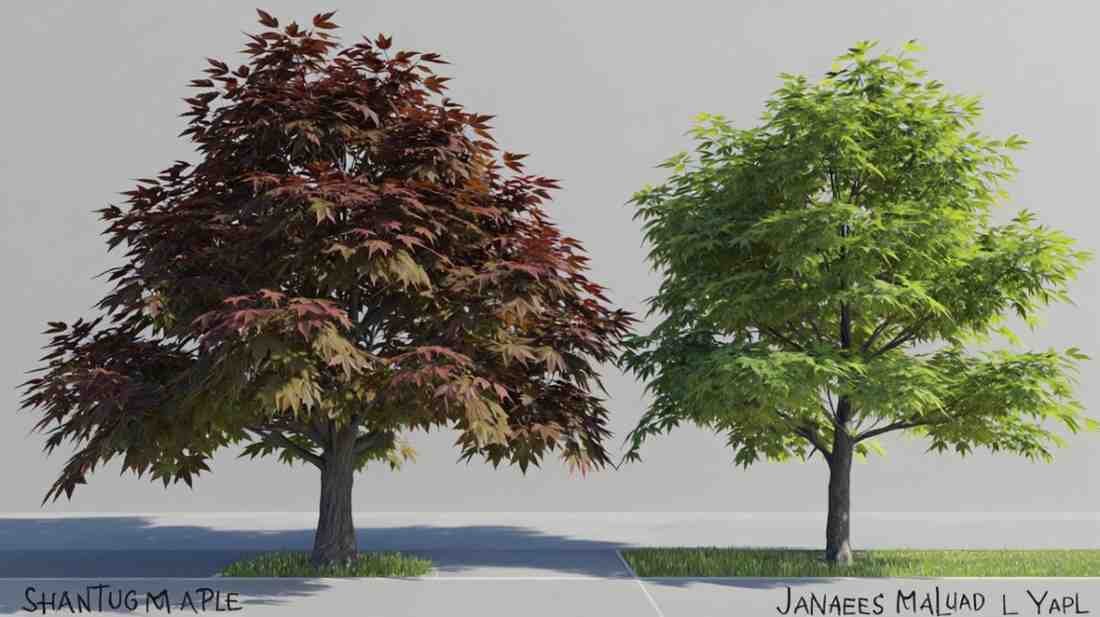
Let’s not pretend it’s invincible. Nothing is. But the Shantung maple tree rarely throws tantrums.
- Aphids? Occasionally. Spray with neem or hose them off.
- Powdery mildew? Maybe during wet summers. Improve airflow.
- Scorching in heatwaves? Rare, but possible. Water deeply if leaves brown at the tips.
Honestly, it’s one of the cleanest trees I’ve dealt with. Less leaf litter. Fewer diseases. No drama. Just vibes.
Need help spotting pests? Here’s our detailed guide on identifying tree pests early. A bit nerdy—but helpful.
Companion Plants – Who Gets Along with a Shantung Maple Tree?
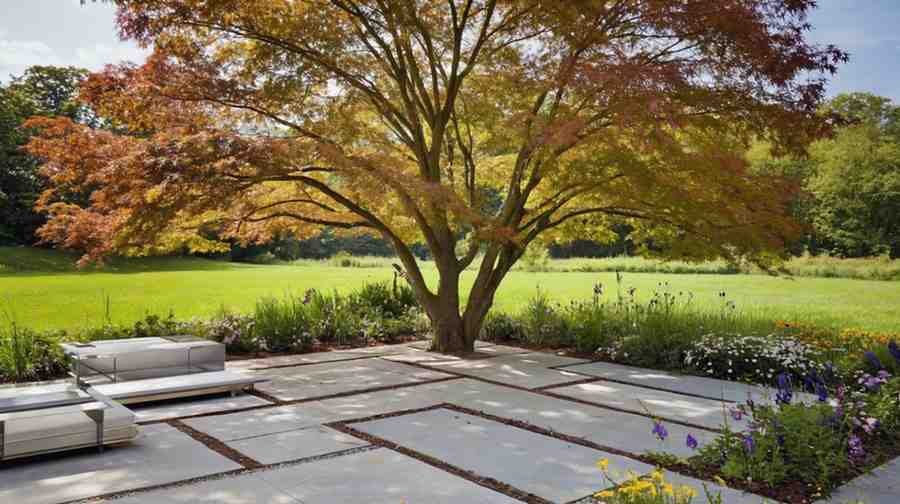
This tree loves companions who won’t hog all the nutrients. Here are some favorites:
- Hostas: Perfect under partial shade.
- Coneflowers: Adds that prairie charm.
- Ferns: For that woodland feel.
- Daffodils: Plant under the canopy for a spring surprise.
I once created a ring of lavender around my maple. The scent. The colors. A scene straight out of a fantasy film.
Want to learn more about pairing trees and plants? Dive into our companion planting guide.
Is It Right for Your Climate?
Now, here’s the good news: the Shantung maple tree works in USDA Zones 4 to 8. That covers a big chunk of the world—from chilly Canadian towns to warm southern U.S. neighborhoods.
If you’re living in deserts or near beaches, maybe reconsider. It doesn’t love salt or extreme drought. But for temperate areas? A dream come true.
I’ve had friends from Germany to Georgia grow it successfully. Just tweak watering and soil a bit. It’ll reward you.
Pruning – Light Touch, Please
The Shantung maple doesn’t need constant snipping. Just remove dead or crossing branches in late winter. That’s it. No weird shaping, no bonsai drama.
Too much pruning and you’ll stress it out. And it’ll show. Like a bad haircut on picture day.
Propagation – Growing Your Own Baby Shantung Maple Tree
Alright, let’s say your neighbor is drooling over your tree and now wants one too. You can either direct them to a nursery—or take the gardener’s proudest route: propagation. Shantung maple trees can be grown from seeds or softwood cuttings, though seed-grown trees take longer.
Seeds need cold stratification—basically a little fridge nap for 60–90 days. Then plant in spring. Cuttings? Take them in early summer, dip in rooting hormone, and plant in moist soil. Cover with a plastic dome to lock in humidity. Voila—baby tree on the way!
For full step-by-step details, check our post on how to propagate trees at home.
Growing in Pots – Yes, You Can (But There’s a Catch)
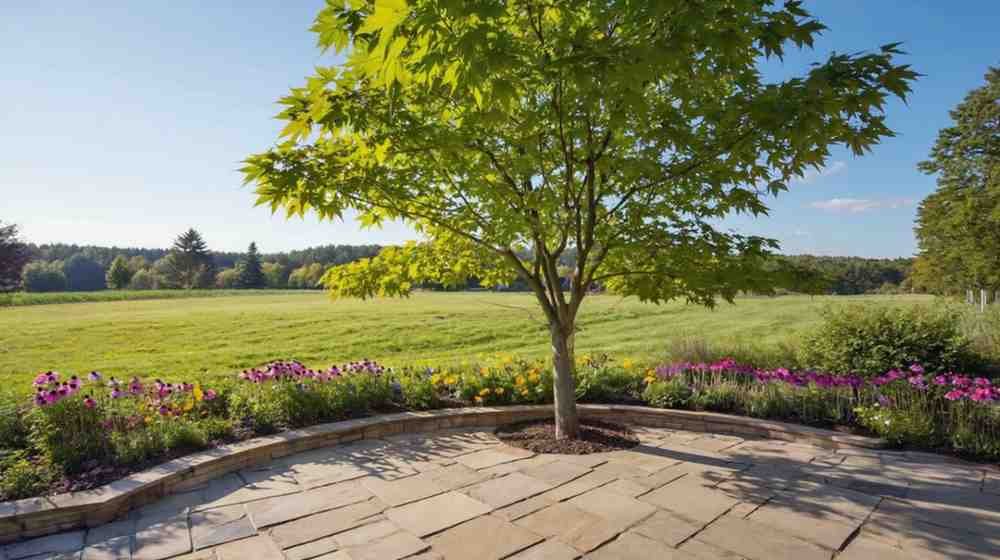
So, your backyard is smaller than a picnic blanket? Don’t worry. The Shantung maple tree can grow in containers for a few years if you choose a dwarf variety or prune roots regularly. But—it’s not a forever potted plant.
Use a large pot (20+ inches wide), quality potting mix, and excellent drainage. Water more often than ground-planted trees. And be mindful—it’ll outgrow the pot eventually. Think of it like raising a puppy in an apartment. It’s doable, but not for life.
More container gardening ideas are in our blog: best trees for containers.
Month-by-Month Care Calendar – A Lazy Gardener’s Dream
Caring for a Shantung maple tree doesn’t mean setting daily reminders. Here’s a light seasonal calendar to follow:
- Spring: Water weekly. Prune dead branches. Fertilize once with balanced feed.
- Summer: Watch for leaf scorch in dry spells. Mulch to retain moisture.
- Autumn: Rake up leaves for compost. No need to prune now.
- Winter: Chill. Seriously, just relax. No watering. No feeding.
Yes, it’s that simple. And that’s why I adore this tree. I’ve got roses that need more pampering than my dog. But this tree? It’s almost too low-maintenance.
Landscaping Ideas – Make It a Star, Not Just Background Foliage
Don’t hide your Shantung maple in the corner like a shy cousin. Give it a spot where it can shine. Here are some killer ideas:
- Front yard centerpiece with underlighting for dramatic evening views.
- Border tree to frame your backyard patio.
- Accent in Zen garden with rocks, moss, and maybe a water feature.
- Fall-focal point paired with ornamental grasses and autumn bloomers.
I’ve used mine as a focal point in my moon garden—white flowers, silver foliage, and Goldie in the middle like a queen. You could do the same. Just design around it. Trust me.
Common Mistakes – Don’t Do These (Please!)
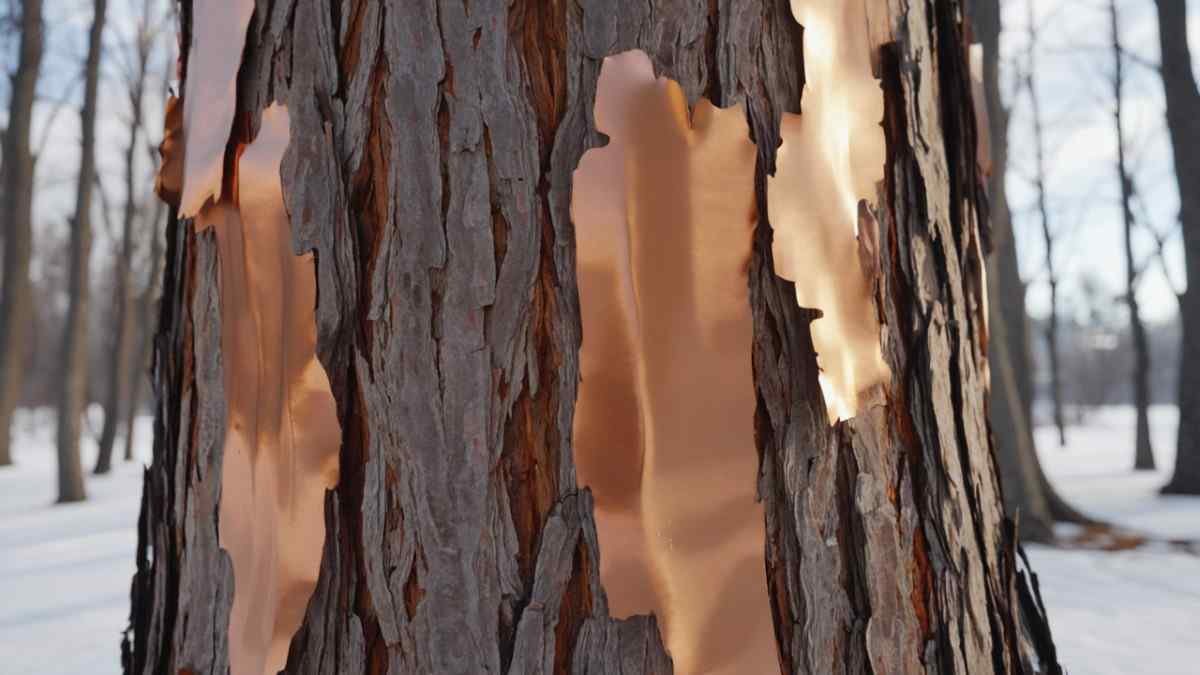
Even with the toughest trees, mistakes happen. Here’s what to avoid with your Shantung maple tree:
- Overwatering – It’s not a rice plant.
- Planting too deep – Roots suffocate.
- Pruning at the wrong time – Late winter only!
- Ignoring mulch rules – No volcano mulching!
- Poor drainage – Leads to root rot.
- Too much fertilizer – Burns roots.
- Bad placement – Too close to walls.
- Planting in soggy areas – They hate wet feet.
- Overexposing to wind – Might cause limb damage.
- No patience – Color shows better as the tree matures.
FAQs About the Shantung Maple Tree
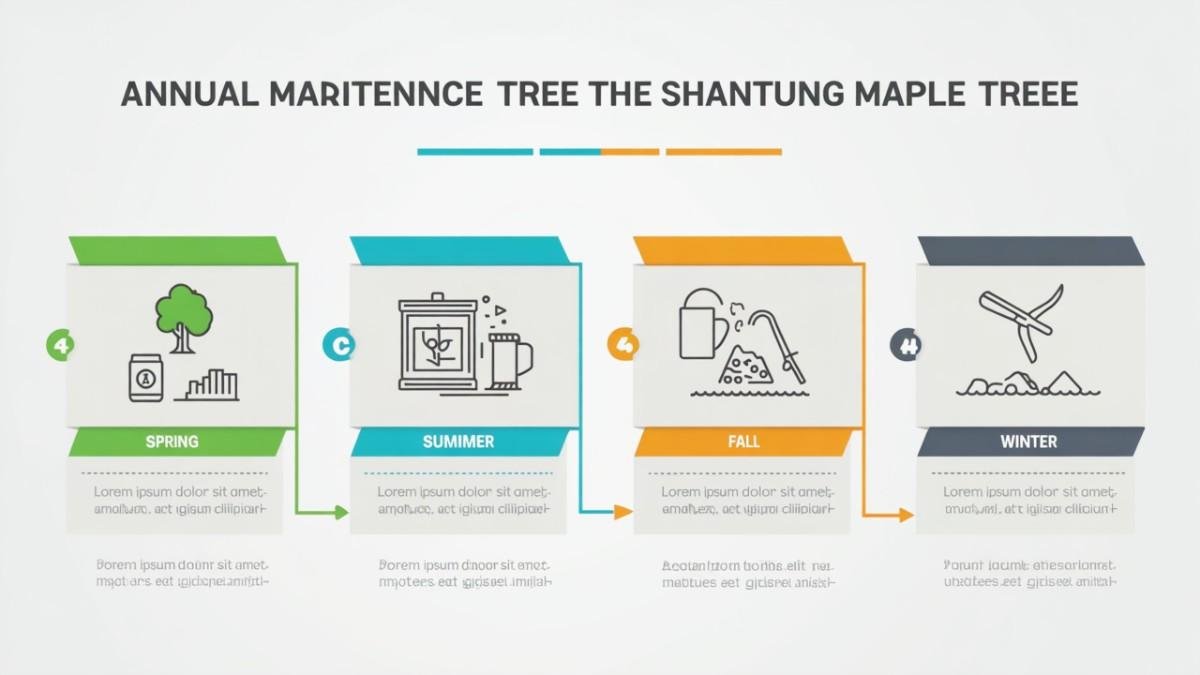
- How fast does a Shantung maple tree grow?
Moderately fast—expect 12 to 18 inches per year with proper care. - Is it suitable for small yards?
Yes, one of the best trees for small urban or suburban yards. - Can I grow it indoors?
Not recommended. Needs full sun and space to breathe. - Does it cause allergies?
Low allergen profile. Much gentler than many pollen-heavy trees. - Can I shape it like a bonsai?
Technically yes, but it’s not ideal. Try Japanese maples for that. - Is it deer resistant?
Deer usually avoid it, though no plant is 100% deer-proof. - When should I fertilize?
Once in early spring with a balanced fertilizer like 10-10-10. - Do the leaves attract pests in fall?
Not really. And they’re easy to compost too. - How long does it live?
With care, it can thrive for 50+ years. Maybe more. - Can I plant it near my house?
Yes, just keep 10–15 feet distance to prevent crowding.
Final Thoughts – Why Every Gardener Should Try a Shantung Maple
I’ve planted dozens of trees. Some disappointed. Others got sick. But the Shantung maple tree? It’s the reliable friend who always shows up with a smile. Every fall, it throws a party in my backyard, and every spring, it returns like nothing happened.
It’s not fussy. It’s graceful. It brings color, character, and a calm kind of beauty that doesn’t demand attention but still steals the show. If you’re a beginner or even a seasoned gardener, give this tree a chance. You won’t regret it.
If you do plant one, send me a pic. I’d love to see your version of Goldie.
Falling for Maple Tree Species – A Leaf, A Story, A Whole Backyard
Celebration Maple Tree: The Backyard Hero with Fiery Swagger
Related Posts Links :
https://homegardeni.com/falling-for-maple-tree-species-a-leaf-a-story-a-whole-backyard/
https://homegardeni.com/celebration-maple-tree-the-backyard-hero-with-fiery-swagger/
https://homegardeni.com/maple-tree-identification-a-complete-and-fun-guide/
